I know that crafting exceptional ice cream begins with understanding both its rich heritage and the precise legal framework that shapes its production today. In this article, we’ll dive into the fascinating history of ice cream, tracing its journey from ancient China to contemporary artisan laboratories. Then, we’ll explore the legal standards and classifications that define what we can rightfully call “ice cream,” “sorbet,” or “frozen dessert” in the professional culinary world. Whether you’re a budding artisan or a seasoned glacier, mastering this foundation is essential for producing outstanding frozen creations with authenticity and compliance.
Notice: This article is part of a comprehensive series dedicated to the craft of ice cream and frozen dessert making. We recommend reading the articles in the suggested order. You can find all eight articles in this series listed at the bottom of the page.
From snow-cooled delicacies to industrial innovation
The beginnings
The origins of ice cream are as multicultural as its flavors today. Long before the first turbines and pasteurizers, ancient Chinese dynasties were crafting chilled desserts using snow mixed with fruit and honey. Around 200 BCE, a proto-sorbet made with rice and milk was reportedly frozen by packing it in snow. Similarly, Persian empires created “sharbat,” a drink of sweetened fruit syrup chilled with ice from nearby mountains.
The Greeks and Romans also experimented with cold desserts. Nero is often credited with mixing snow and honey, while in the Arab world, frozen milk-based drinks were infused with flavors like rose water and pistachio.
The Renaissance: a European revival
Italy played a decisive role in transforming icy mixtures into what we now call gelato. The Medici court and figures like Catherine de Medici brought this innovation to France in the 16th century. In 1686, Francesco Procopio opened Café Procope in Paris, introducing Europe to creamy frozen desserts made with milk and sugar, closer to modern ice cream.
Industrialization and democratization
The true revolution came in the 19th and 20th centuries. Nancy Johnson patented the hand-cranked ice cream freezer in 1843, changing domestic production. In the United States, the rise of industrial refrigeration and mass production allowed ice cream to reach the general population.
Clarence Birdseye’s work on freezing methods in the 1920s and Arbuckle’s vanilla base standardization set the stage for consistency and large-scale distribution. Simultaneously, France saw the emergence of dedicated training schools and gastronomic artisans like Gaston Lenôtre and Jean-Michel Perruchon.
Ice Cream in the eyes of the law: Legal Definitions and Classifications
Why Legal Classifications Matter?
In professional kitchens, words matter. You can’t label a product “ice cream” or “sorbet” unless it meets specific legal criteria. These classifications ensure quality, protect consumers, and differentiate true craftsmanship from industrial shortcuts.
In France and across the European Union, legal definitions are governed by Decree No. 87-397 (1987), further detailed by AFNOR and CODEX Alimentarius standards. These texts determine what ingredients must be present, and in what proportions, for a frozen dessert to earn its name. For the US and worldwide the rules can be differents.
Key categories defined
- Crème glacée (Ice Cream): Must contain at least 5% milk fat. When eggs are added, the percentage must be declared. It is an aerated, frozen mix of milk, cream, sugar, and optionally eggs and flavorings.
- Glace aux oeufs (Egg Ice Cream): A subtype of crème glacée containing a minimum of 7% egg yolk. This richer preparation is often used for traditional French vanillas and custard-based flavors.
- Glace (Ice Milk or Frozen Dessert): If the fat content is below 5% or if vegetable fats are used, the term “glace” or “frozen dessert” must replace “ice cream.”
- Sorbet: Contains no dairy. Made from water, fruit (minimum 25% for most fruits, 15% for acidic fruits like lemon), and sugars. Alcohol and spices can be added but must not dominate the taste profile.
- Sherbet (US distinction): Not recognized in Europe, but in the US, it sits between ice cream and sorbet, usually containing 1-2% dairy.
Labeling and ingredient requirements
Each category carries labeling obligations. For instance:
- If glucose or sweeteners are used, this must be declared.
- “Fruit sorbet” must contain real fruit, not just flavoring.
- Stabilizers and emulsifiers are allowed but must comply with E-number designations.
Legal oversight also prohibits deceptive terminology. A product labeled as “vanilla ice cream” must contain natural vanilla, not just aroma.
The role of ingredients in legal identity
Milk fat and dairy solids
Milk fat is the cornerstone of texture and richness in ice cream. Legally, its proportion dictates whether a product is crème glacée or a lower-fat alternative. Additional dry extracts from milk (ESDL in French) also contribute to the structure and freezing behavior of the base.
Sugars and sweeteners
Beyond saccharose, a wide range of sugars (glucose syrup, invert sugar, dextrose) are permitted, each with specific technical and cryoscopic effects. Their presence influences not just taste but also texture and melting rate, all regulated by thresholds in various classifications.
Eggs, fruits, and flavorings
Egg yolk content, when applicable, must be accurately measured. Fruits must be present in their natural form or as approved purées to qualify for labeling claims. Likewise, only authorized flavoring methods (infusions, extracts, concentrates) can be used to support artisan claims on packaging.
Understanding the history and legal framework of ice cream is more than academic. As a chef, it helps me connect tradition with innovation, and ensures that my creations meet not only culinary expectations but also professional standards.
Before we can master texture, balance, and flavor, we must speak the right language. In the world of ice cream, that language begins with legality and legacy.
In the next article, we’ll dive into the fascinating chemistry and physics of frozen desserts, exploring how each ingredient behaves under freezing conditions to create that perfect scoop.
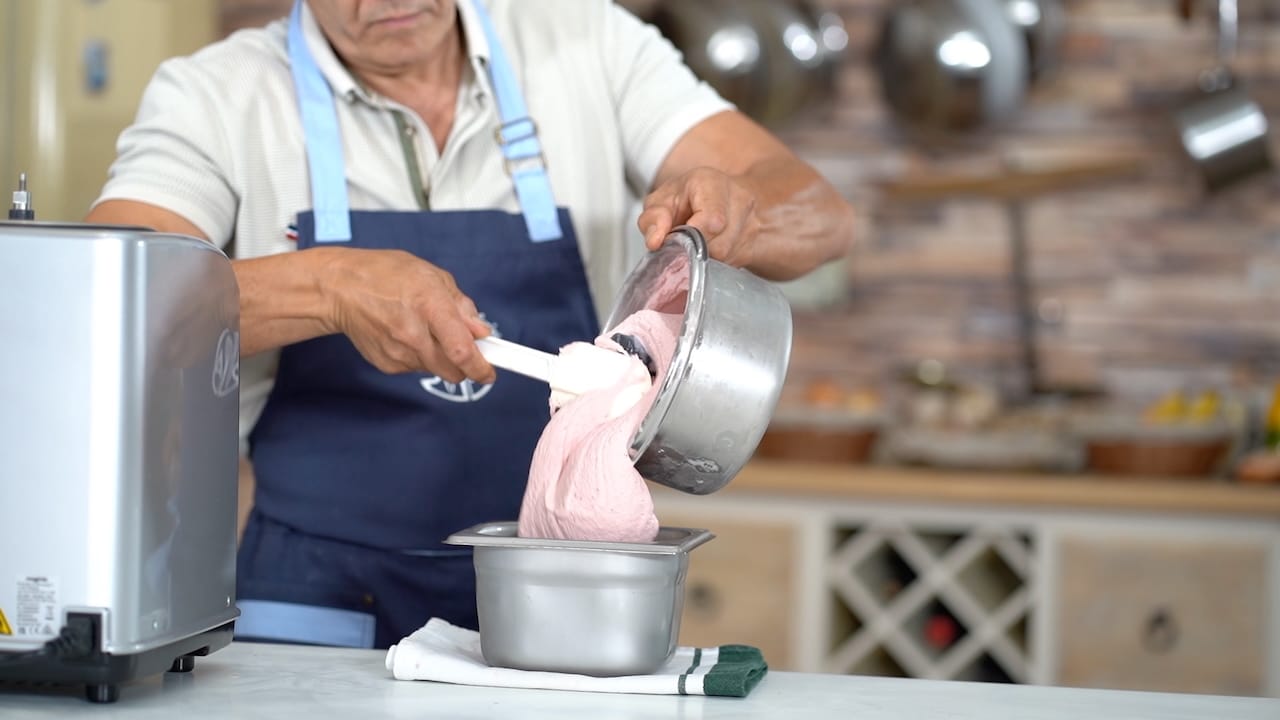
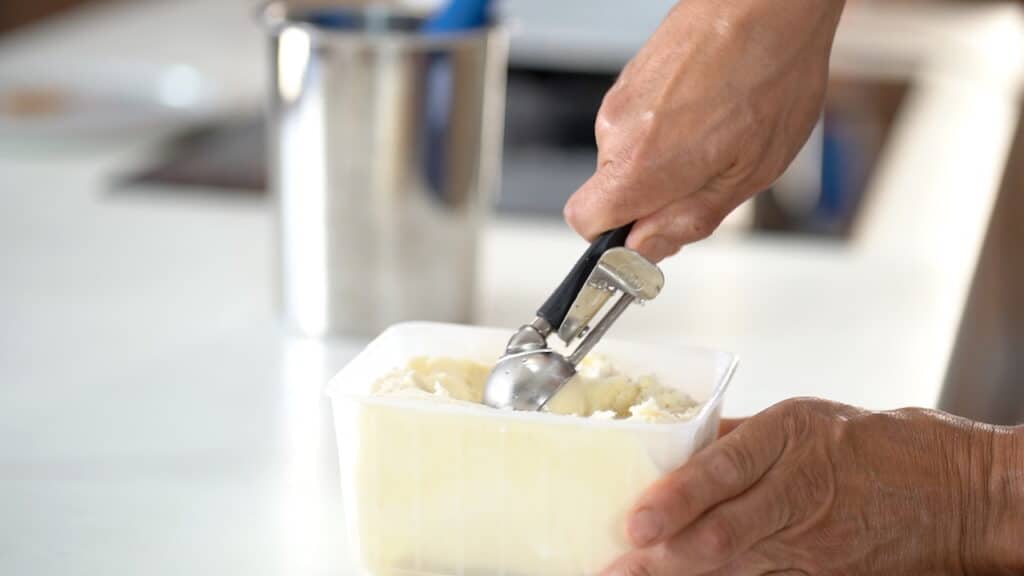

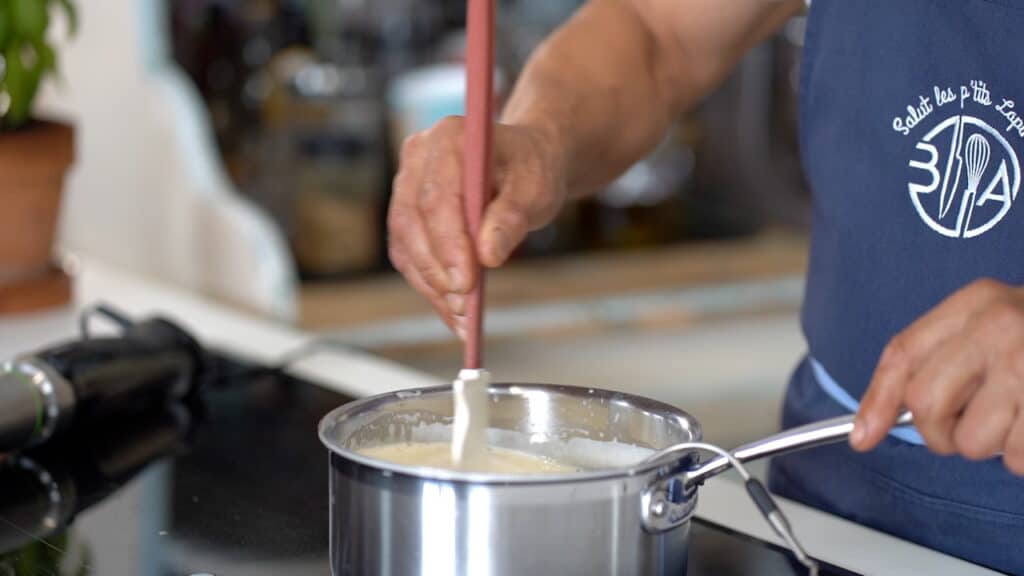


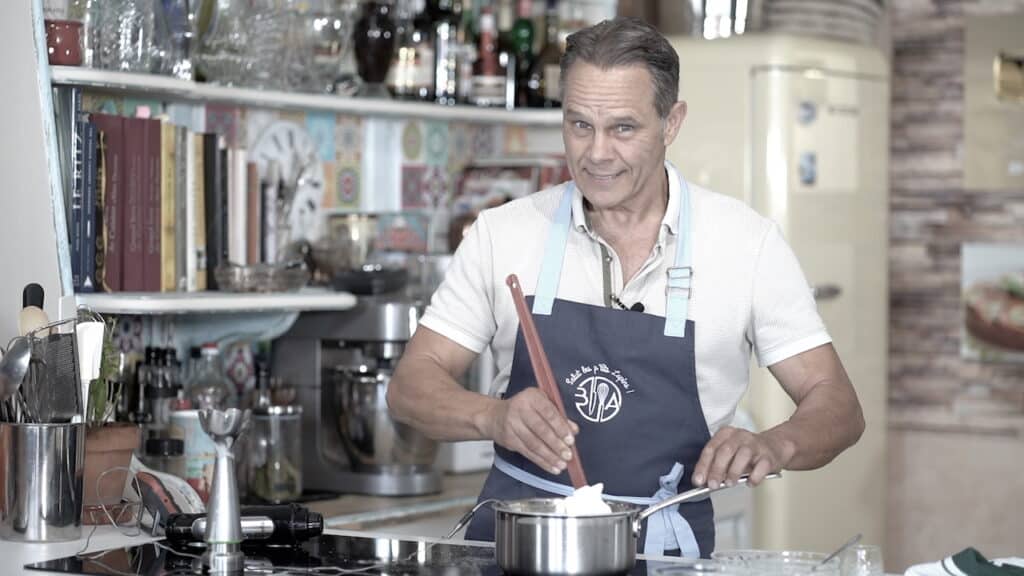
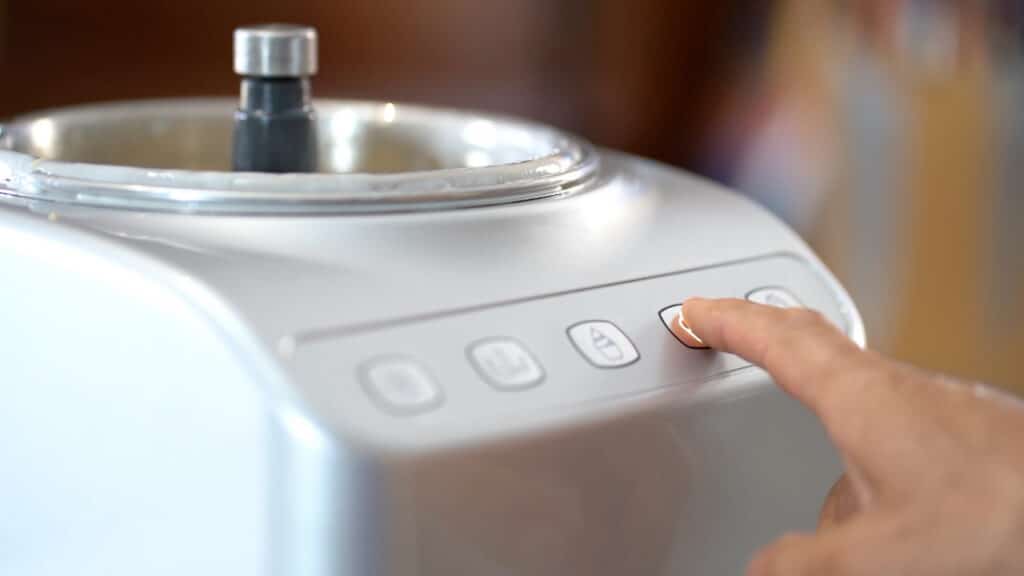
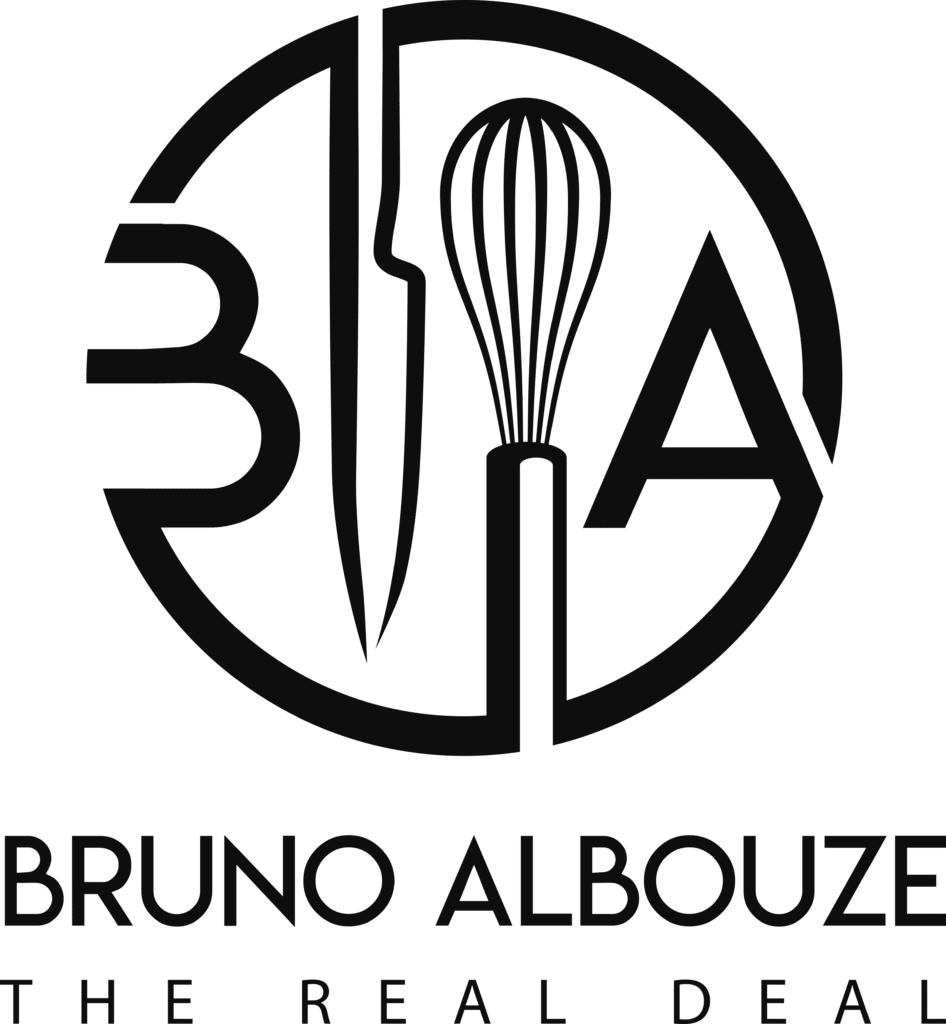
Bruno, I’m blown away by how detailed this guide is. Thank you so much for sharing 🙏
Thank you Sandro! The hard work of my webmaster Alex and I 😎